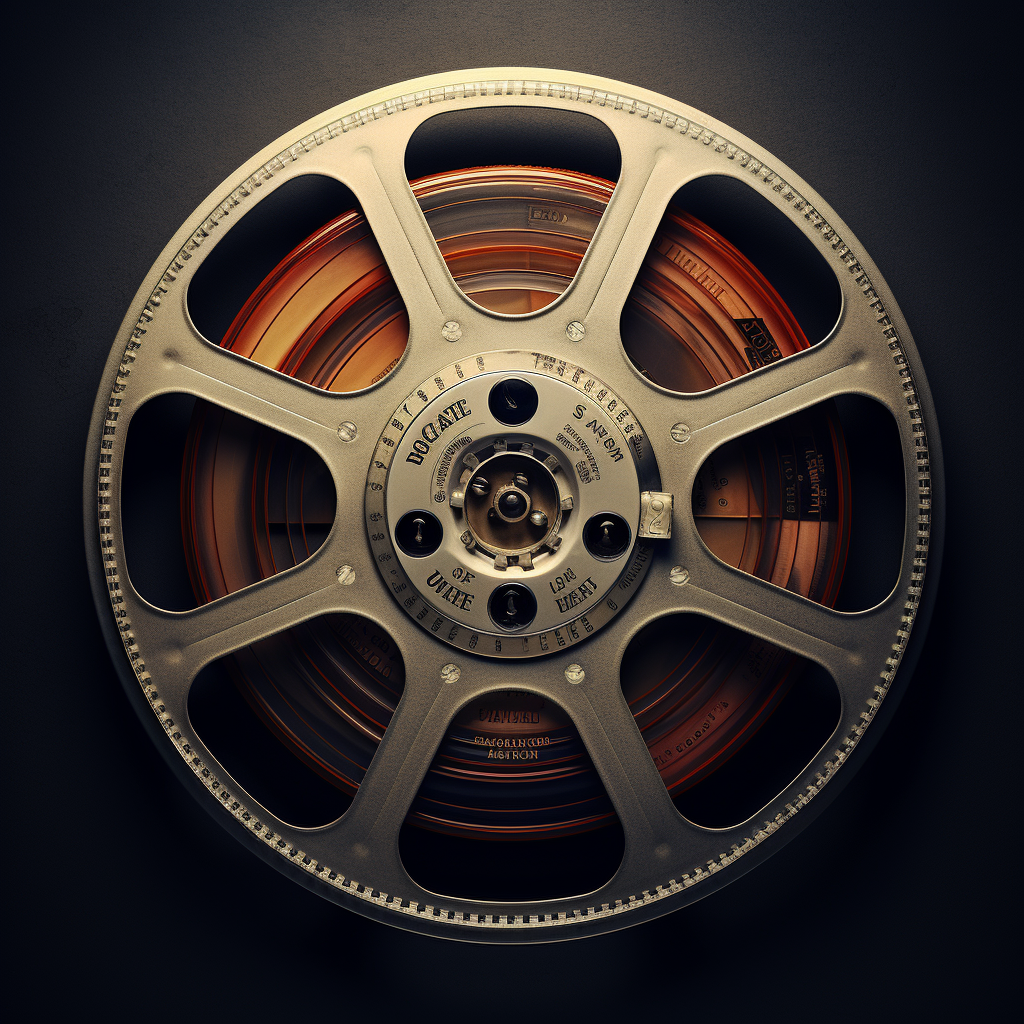Film editing is often considered the invisible art, an essential element that shapes the narrative, pace, and emotional impact of a movie. A well-edited film can elevate the storytelling experience to new heights. In this article, we explore some of the best examples of film editing, acknowledging the editors who have masterfully crafted the visual language of cinema.
- “Pulp Fiction” (1994) – Editor: Sally Menke:
Quentin Tarantino’s “Pulp Fiction” is a groundbreaking work of nonlinear storytelling, and much of its success can be attributed to the brilliant editing by Sally Menke. The film weaves multiple storylines seamlessly, creating a tapestry of interconnected narratives. Menke’s editing choices contribute to the film’s unique structure, making it a landmark in modern cinema.
- “Dunkirk” (2017) – Editor: Lee Smith:
Christopher Nolan’s war epic “Dunkirk” is a masterclass in immersive storytelling, and editor Lee Smith played a pivotal role in achieving its intensity. The film weaves together three timelines with precision, creating a sense of urgency and tension. Smith’s editing, coupled with Hans Zimmer’s score, delivers a visceral and unforgettable cinematic experience.
- “The Social Network” (2010) – Editors: Angus Wall and Kirk Baxter:
David Fincher’s exploration of the founding of Facebook, “The Social Network,” is propelled by the dynamic editing of Angus Wall and Kirk Baxter. The rapid-fire dialogue and non-linear structure are flawlessly executed, capturing the energy and complexity of the characters and their relationships. The editing is a crucial element in making the film a riveting and socially relevant drama.
- “Whiplash” (2014) – Editor: Tom Cross:
Damien Chazelle’s intense drama “Whiplash” about a young drummer’s pursuit of greatness is a kinetic and rhythmic masterpiece, thanks in part to editor Tom Cross. The film’s editing mirrors the precision and intensity of its musical subject matter, creating a visceral experience that heightens the emotional impact of every beat.
- “The Matrix” (1999) – Editor: Zach Staenberg:
“The Matrix,” directed by the Wachowskis, revolutionized action filmmaking with its groundbreaking visual effects and innovative editing. Zach Staenberg’s work on the film contributed to its iconic style, seamlessly blending traditional editing techniques with cutting-edge visual effects. The film’s bullet-dodging sequence and martial arts choreography are testaments to the film’s groundbreaking editing.
- “Inception” (2010) – Editor: Lee Smith:
Christopher Nolan’s mind-bending heist film “Inception” is another collaboration between Nolan and editor Lee Smith that deserves recognition. The film’s intricate narrative, featuring multiple layers of dreams within dreams, relies heavily on Smith’s editing expertise. The seamless transitions between dream levels and the synchronization of action sequences demonstrate the film’s meticulous editing craftsmanship.
Film editing is an art that often goes unnoticed when done well, as it seamlessly guides the audience through the story. The films mentioned in this ranking stand as prime examples of exceptional editing that enhances the storytelling experience. The editors behind these films have played instrumental roles in shaping the narratives, pacing, and emotional resonance that make these movies timeless classics in the world of cinema.
